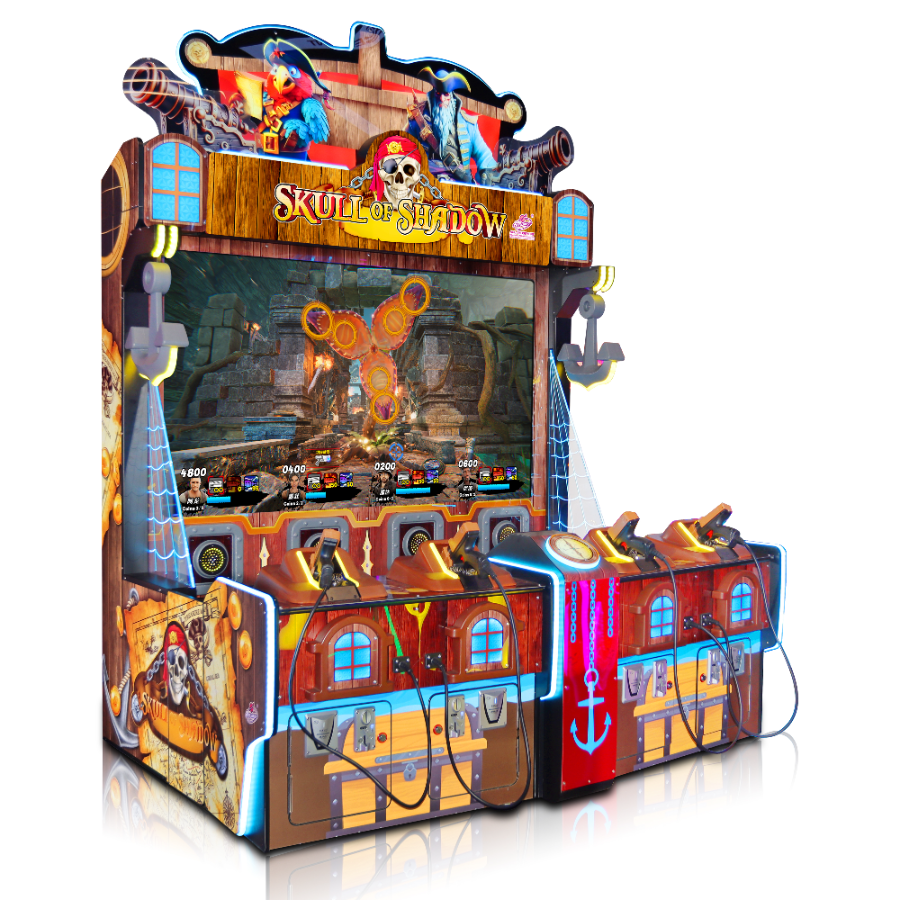The Psychology Behind High-Challenge Arcade Machines
Why Top Gamers Crave Skill-Testing Gameplay
Top gamers are driven by a strong motivation for mastery, which is one of the core psychological challenges in gaming. They're drawn to skill-testing gameplay because it pushes them to enhance their abilities and achieve new levels of proficiency. This drive is intricately connected to the concept of flow theory, where gamers reach a state of complete immersion and enjoyment by mastering their skills. Studies have shown that players are more inclined to revisit arcade games that challenge their abilities, proving that the allure of difficulty is central to gamer motivation. For instance, the presence of advanced levels in popular games increases player engagement, as they often feel a sense of accomplishment and progress that fuels their desire to continue.
The Role of Difficulty in Player Retention
The difficulty level in arcade games plays a crucial role in keeping players engaged and minimizing dropout rates. A balanced level of challenge encourages players to remain invested in the game, striking a perfect harmony between frustration and enjoyment. According to statistics, games with adjustable difficulty settings boast higher player retention rates. This adjustable difficulty ensures that players do not feel overly frustrated or bored, which could lead to disengagement. Furthermore, appropriately scaling challenges is vital for maintaining player interest. When games offer gradually increasing difficulty, players are more likely to remain committed as they experience continual growth and improvement, fostering long-term engagement with the game.
Balancing Challenge and Reward in Video Games
Balancing challenge and reward is essential to creating a satisfying gameplay experience, tapping into the psychology of rewards and how they impact enjoyment. Intermittent reinforcement is a powerful technique used in video games, where sporadic rewards are given to maintain player interest and motivation. This method is particularly effective because players receive unexpected gratification, encouraging them to keep playing in anticipation of more rewards. Successful games often strike a balance between challenge and reward, enhancing player satisfaction. For example, titles like "Dark Souls" and "Hollow Knight" have mastered the art of balancing difficulty with rewarding progression, ensuring that players are constantly motivated by both the challenges they face and the accomplishments they earn. Such balance contributes greatly to the game's overall appeal and retention rates, as players feel both tested and rewarded, maintaining their loyalty to the game.
Essential Features of Modern Skill-Test Arcade Cabinets
Motion Feedback Systems for Immersive Play
Motion feedback systems are a revolutionary feature that enhances user immersion in arcade games by providing a tactile and dynamic gaming experience. This technology integrates physical movements with digital interactions, creating a realistic sense of presence in the game world. For instance, major arcade venues have successfully implemented motion feedback in racing and shooting games, simulating real-world physics. Such advancements have been met with high approval in user satisfaction surveys, indicating that players feel more engaged and entertained when motion technology is involved.
Multiplayer Competition Mechanics
Multiplayer mechanics significantly amplify the competitive spirit among gamers, fostering social interaction and camaraderie. These mechanics encourage players to challenge one another, often resulting in longer play sessions and repeat visits to the arcade. The social dynamics of multiplayer games create a sense of community and friendly rivalry. Case studies from popular multiplayer arcade games, such as "Mario Kart Arcade GP" and "Street Fighter V: Arcade Edition," have shown how these games have boosted revenue through increased engagement and attendance, demonstrating their lasting appeal and financial impact on arcade venues.
Scenario-Based Progression Systems
Scenario-based progression systems are designed to captivate players by integrating storytelling with challenging gameplay. These systems keep players engaged as they navigate through various storylines and complete objectives. For example, games like "Time Crisis" utilize scenario progression by offering diverse missions and plot twists that enhance the gaming experience. Statistics and user feedback frequently highlight a preference for scenario-based gameplay, noting that players appreciate the narrative depth and challenges that keep them invested in the game over time. This feature ensures a dynamic gaming experience that maintains interest and offers lasting entertainment.
Revenue-Boosting Benefits of High-Difficulty Games
Increasing Per-Player Spending Through Challenge
High-difficulty games can significantly increase per-player spending, as the ambition to overcome challenging levels drives players to invest more time and money. As players strive to master complex games or reach higher levels, they are often more willing to pay for extra lives, power-ups, or exclusive content that aids in their progression. According to industry reports, players of high-challenge video games are more likely to spend on average 30% more than those playing easier games, illustrating the financial benefits of incorporating challenges. This willingness to spend is closely tied to the player's perception of the game's difficulty. When players perceive a game as challenging but fair, it can foster a sense of accomplishment, motivating them to spend more to improve and continue their journey.
Social Media Appeal of Skill-Based Gameplay
The role of social media in promoting skill-based gameplay cannot be overstated. High-skill arcade games often become viral sensations online, attracting attention and engagement from a broad audience. For instance, clips of impressive gameplay or players overcoming difficult levels frequently circulate on platforms like Twitch and YouTube, offering free and wide-reaching advertising. This kind of organic viral marketing can significantly boost a game's popularity and player base. Additionally, players sharing their achievements or unique accomplishments on social media can foster community engagement and encourage others to participate and share their feats. The resulting buzz not only draws in new players but also creates a loyal community that actively contributes to the game's ongoing success.
Top High-Challenge Game Machines for Arcades
Air Combat: Multiplayer Flight Simulation
Air Combat is a thrilling multiplayer flight simulation that captivates both competitive gamers and flight enthusiasts. With its dynamic seats and screens, players are immersed in an intense air combat experience. The game’s unique airplane-themed design and ergonomic features make it a standout attraction. Testimonials from players often highlight the adrenaline rush and immersive gameplay that make Air Combat a must-play in arcades.
Wave Rider X-Treme: Dynamic Water Racing
Wave Rider X-Treme brings the excitement of dynamic water racing into arcades, engaging players through its high-speed navigation mechanics and immersive scenario settings. The game's speedboat platform mimics real wind pressure, complete with responsive bumps and vibrations, to deliver a thrilling sailing adventure. Its standout features, such as the item and achievement systems, along with the diversity in available speedboats, ensure high player engagement, evidenced by its tournament successes.
Wild-Thing Wipe-Out: Team-Based Water Battles
Wild-Thing Wipe-Out provides a unique arcade experience through its team-based water shooting gameplay. This game encourages cooperative strategies among players, fostering not only engagement but also long-term player retention. Feedback from players often cites the thrill of forming teams to tackle challenging water battles, contributing significantly to its success in arcade settings where teamwork is celebrated and strategized effectively.
Zombie Land Battle: Tactical Laser Combat
Zombie Land Battle excels in offering cooperative and tactical laser combat experiences, appealing to players through its immersive and competitive game mechanics. This 2-player gaming setup intensifies player involvement by requiring tactical coordination. Metrics show high popularity among arcade-goers, who praise the game's ability to challenge their strategic skills while fostering a cooperative gaming atmosphere.
Wild-Thing Laser Edition: Cooperative Survival
Wild-Thing Laser Edition introduces the concept of cooperative survival gameplay, fostering a strong sense of community among players. Teamwork is crucial, as players band together to survive waves of challenges, enhancing the social aspect of arcade gaming. Success stories and tournament data consistently show how Wild-Thing Laser Edition encourages player collaboration, leading to an enriched gaming experience and a thriving player community.
Implementing Challenge Machines in Your Venue
Optimizing Floor Layout for Tournament Play
Optimizing your arcade's floor layout is crucial for hosting successful tournaments. Strategically designing the space allows for smooth player flow, better spectator areas, and enhanced gaming experiences. For instance, venues like Arcade Galaxy have rearranged their machines to create dedicated tournament zones, which not only accommodate large crowds but also significantly boost player satisfaction. Data shows that a well-structured floor plan increases player retention as it emphasizes comfort and accessibility, heightening their overall gaming experience. Therefore, investing time in planning your layout can translate into higher player turnout and satisfaction.
Using Leaderboards to Foster Competition
Leaderboards are powerful tools for cultivating a competitive atmosphere in arcades. They tap into psychological benefits, such as motivation and achievement, driving players to return and improve their scores. Successful examples include Arcade World, where the introduction of digital leaderboards boosted both player engagement and revenue. Visible leaderboards create excitement and camaraderie, as players enjoy competing against friends and strangers alike. Statistics suggest that highlighting top scores can increase player participation by up to 20%, directly influencing revenue growth through repeat visits and extended gameplay.


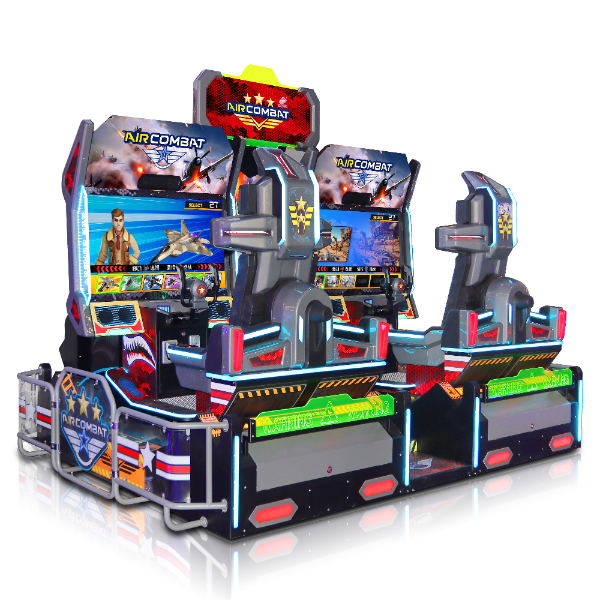
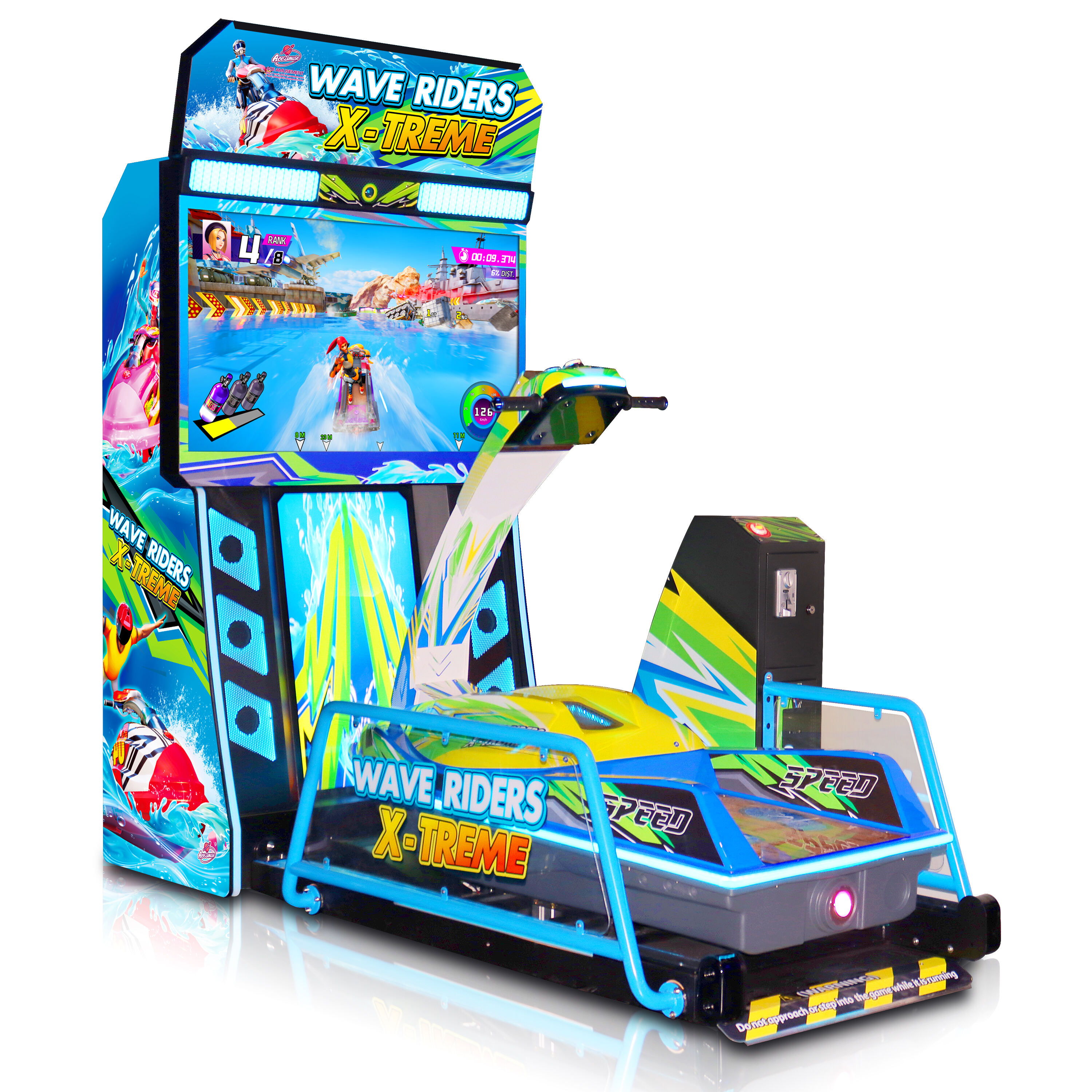
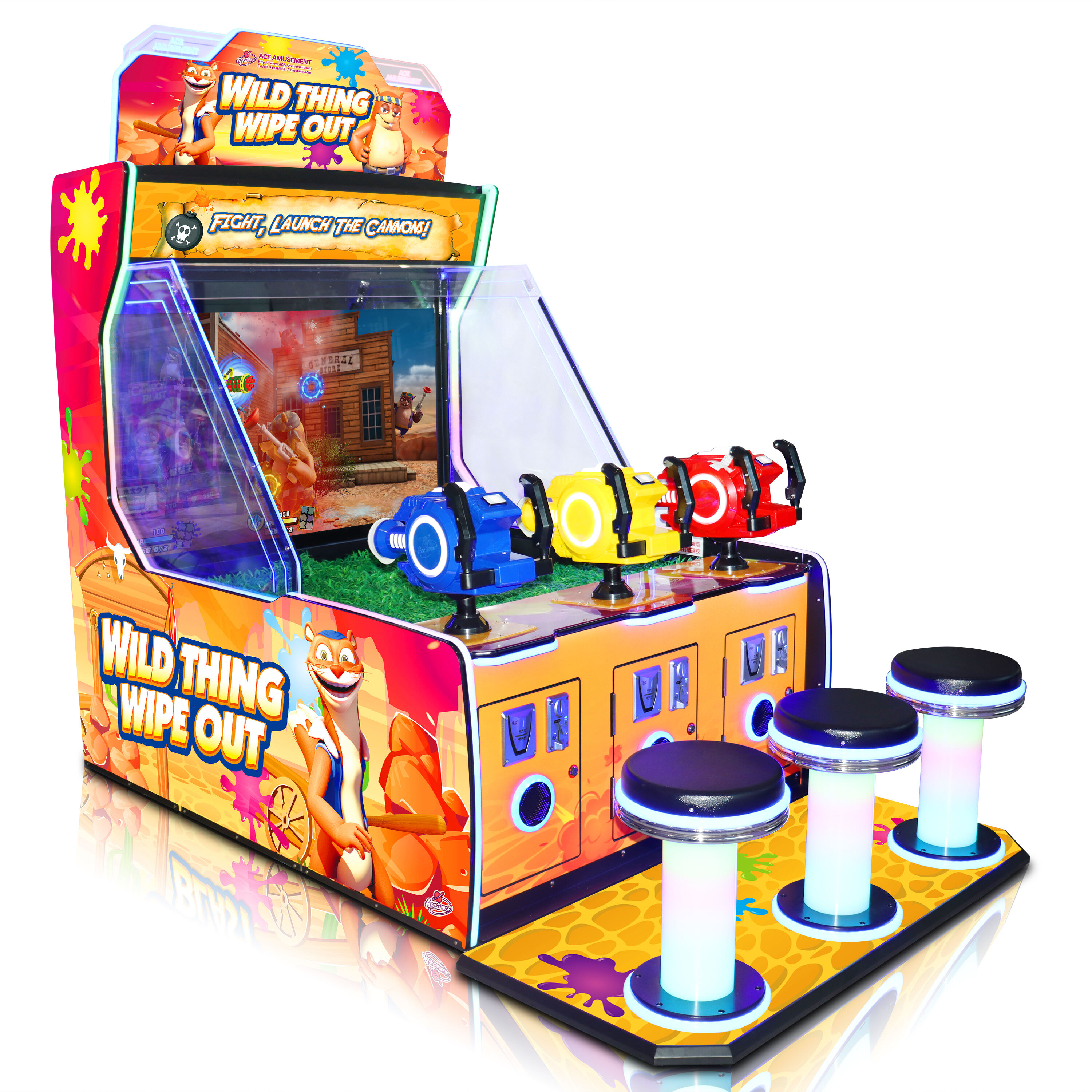
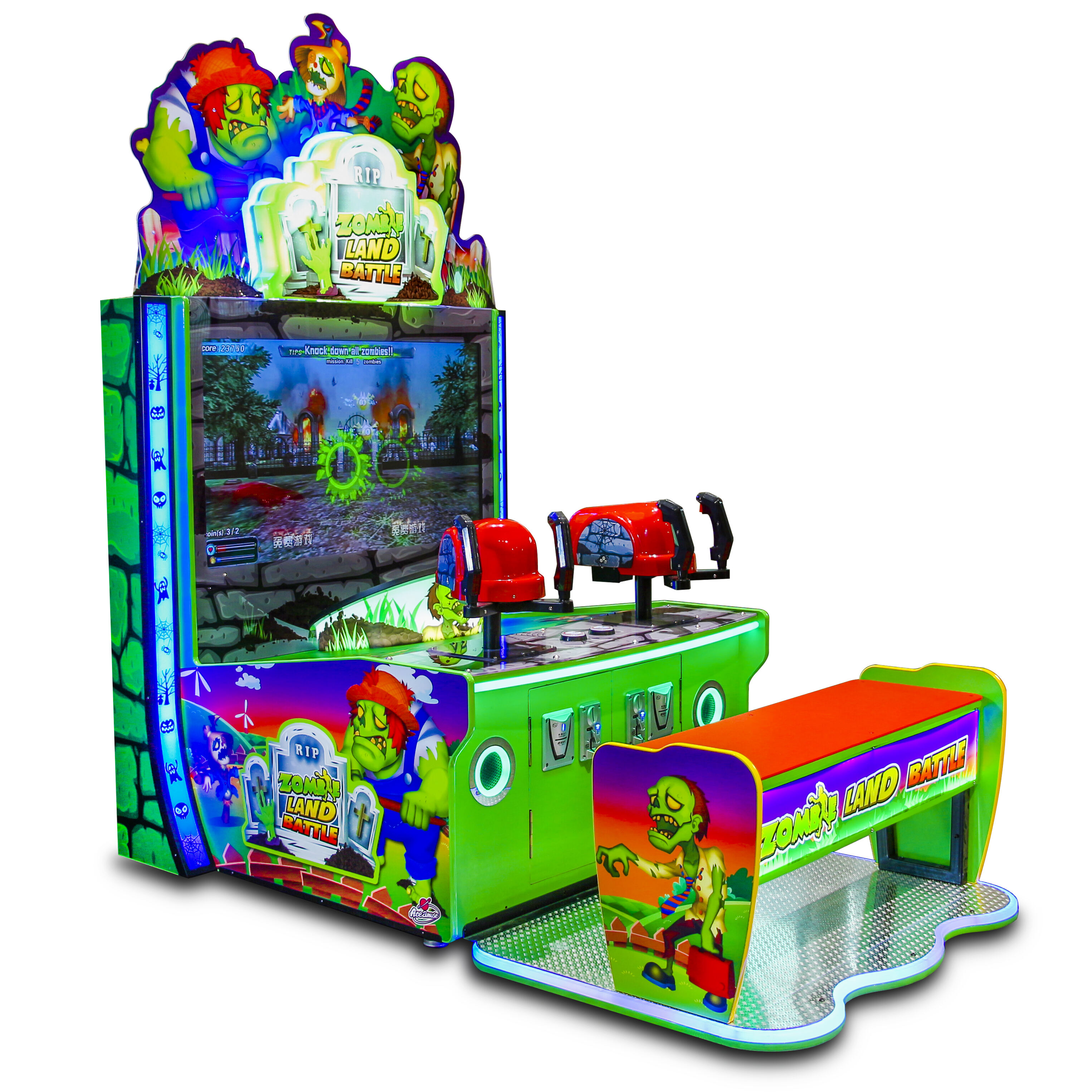
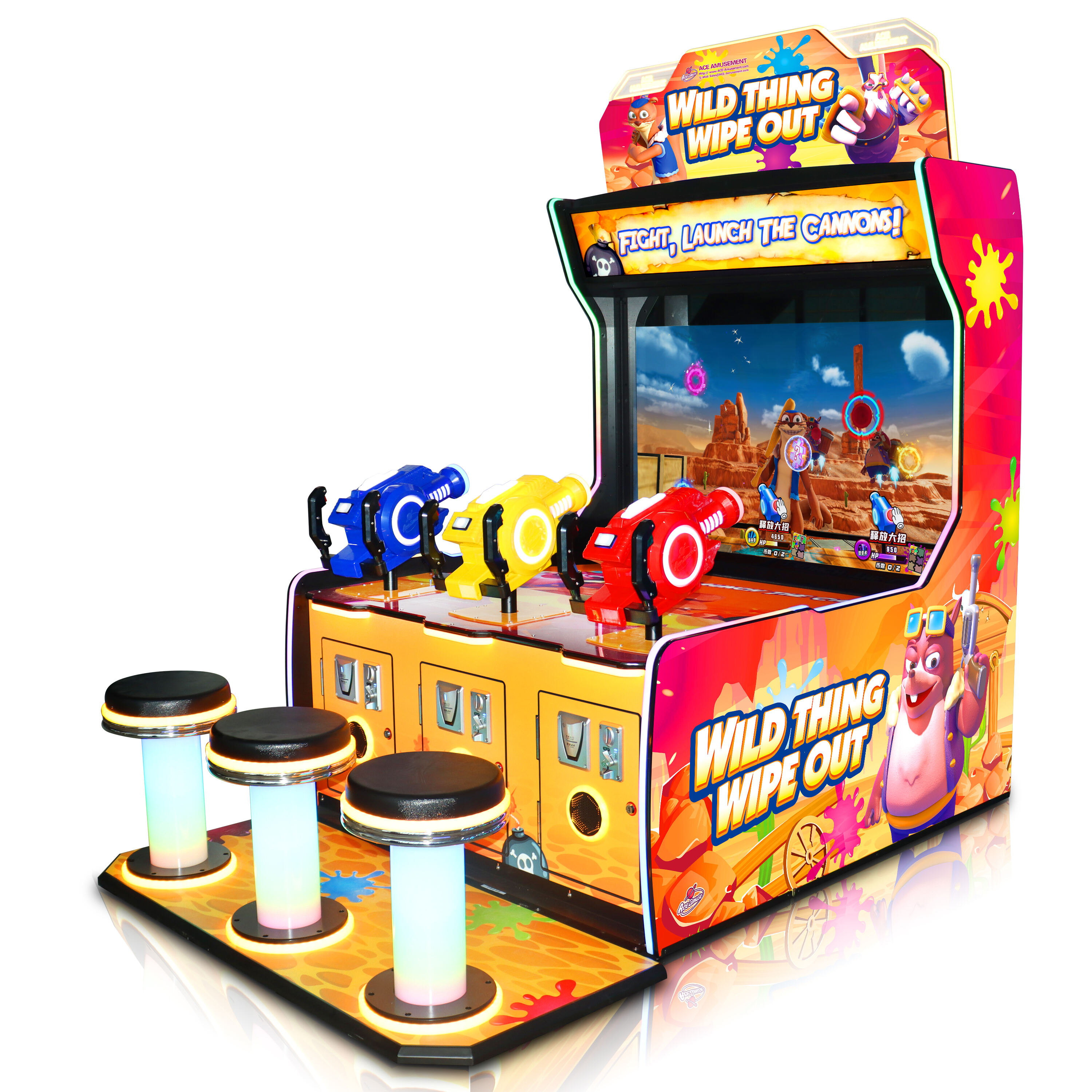

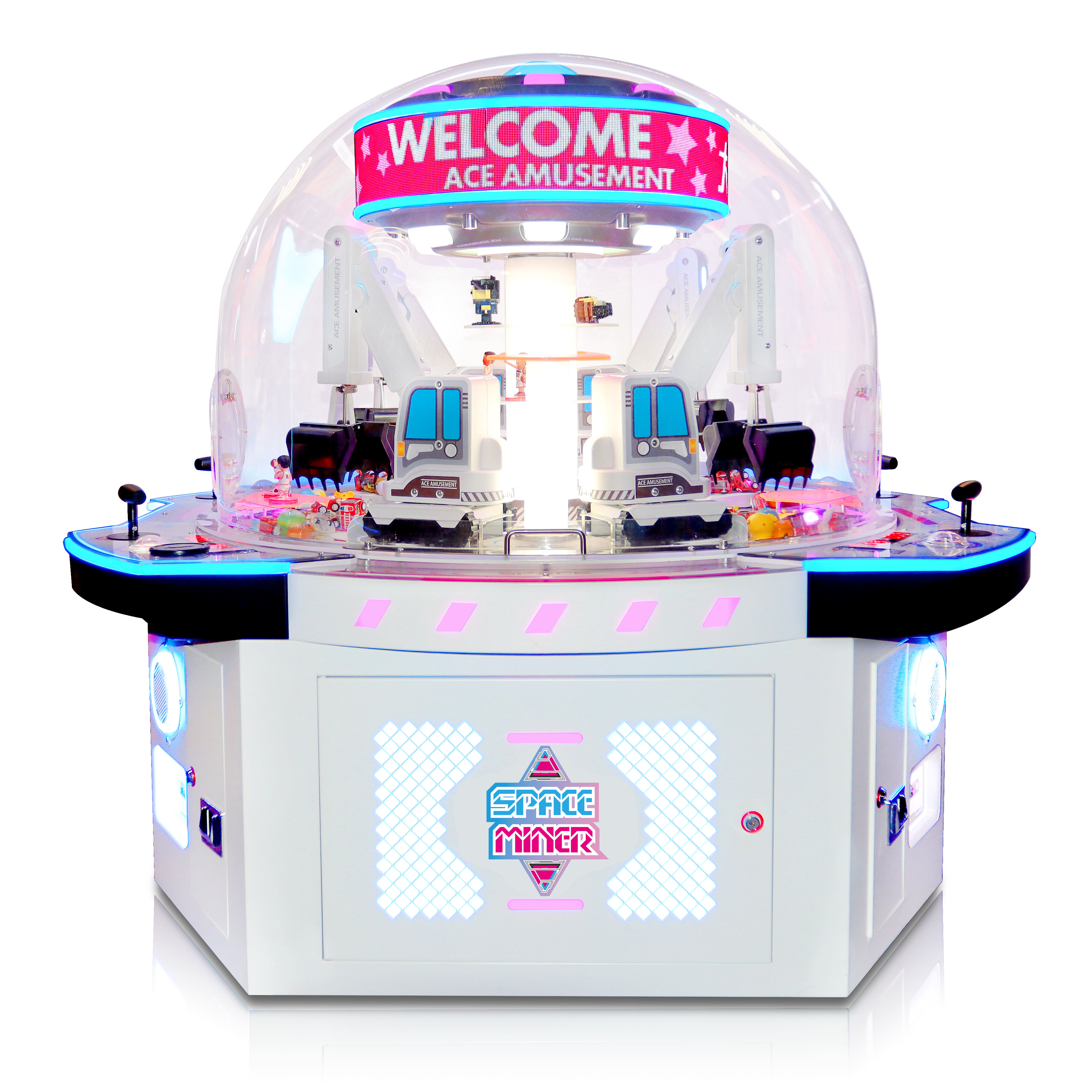
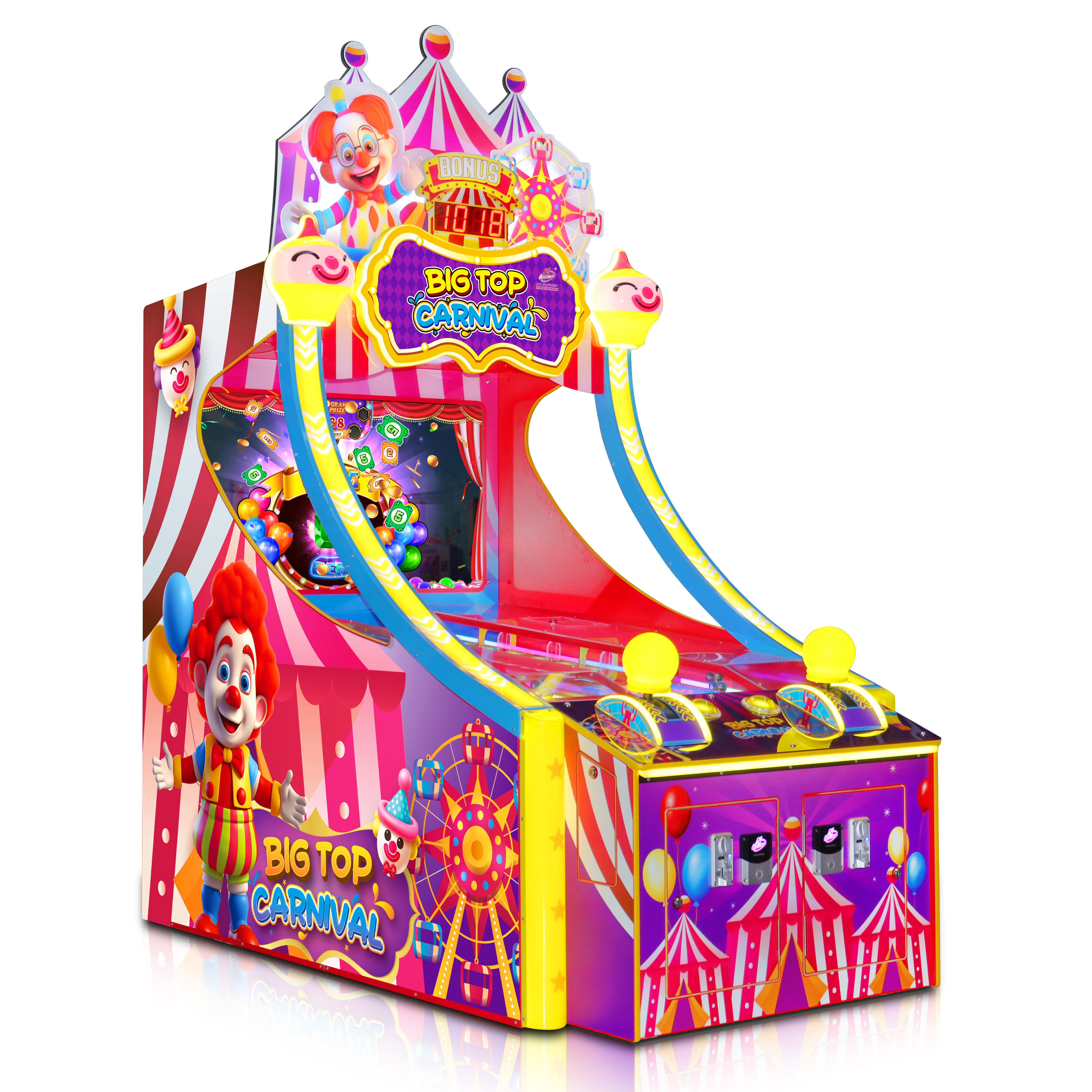
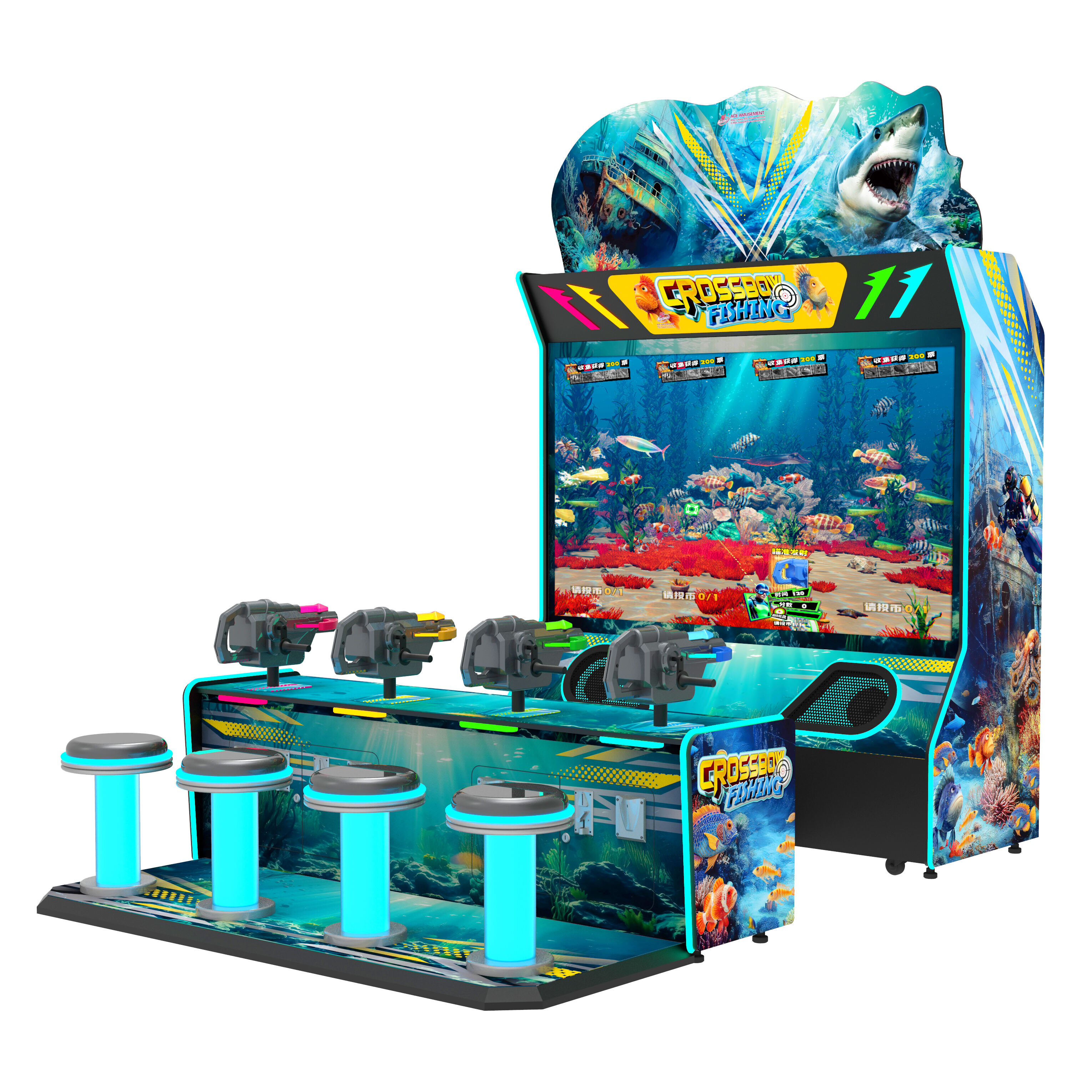
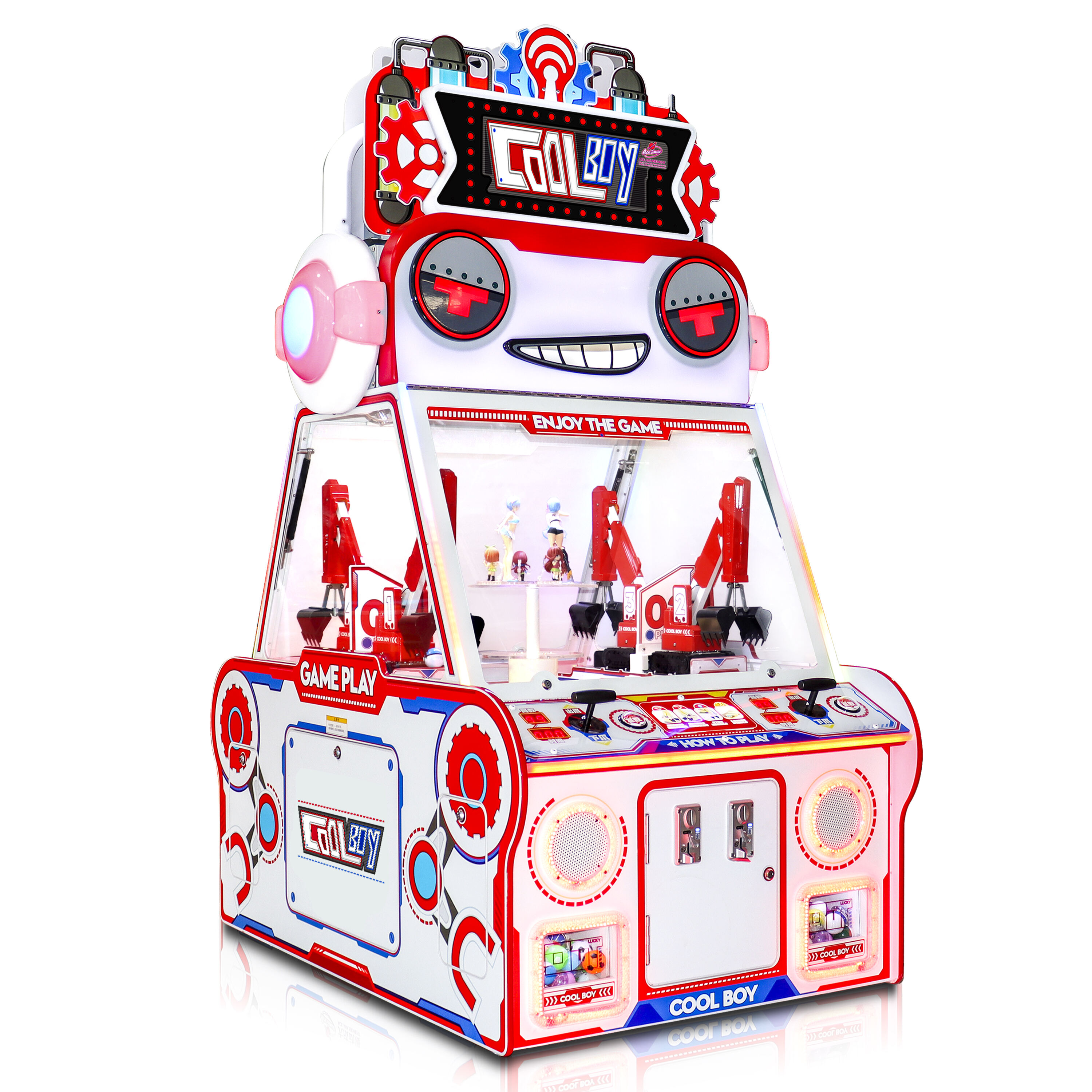
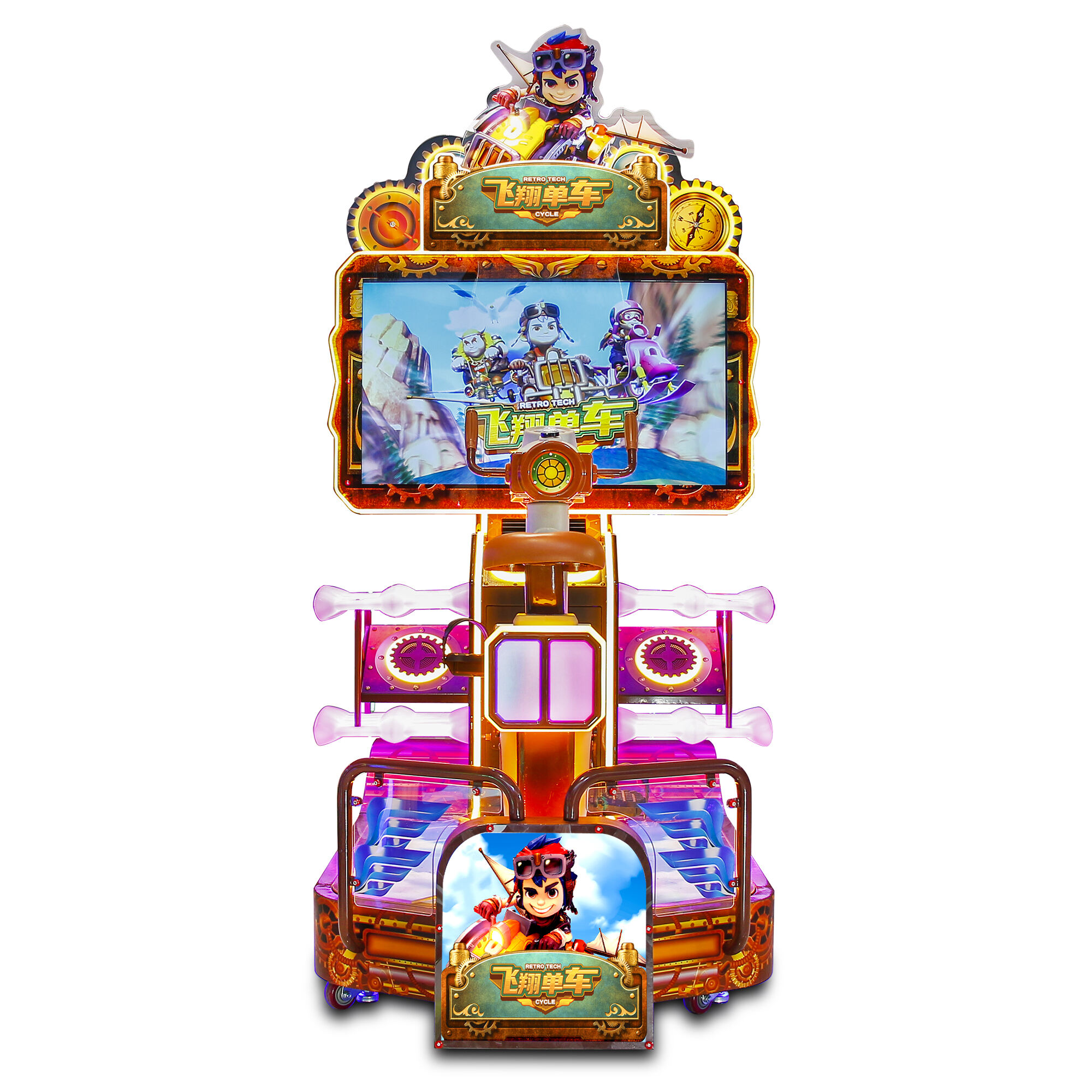
 Hot News
Hot News